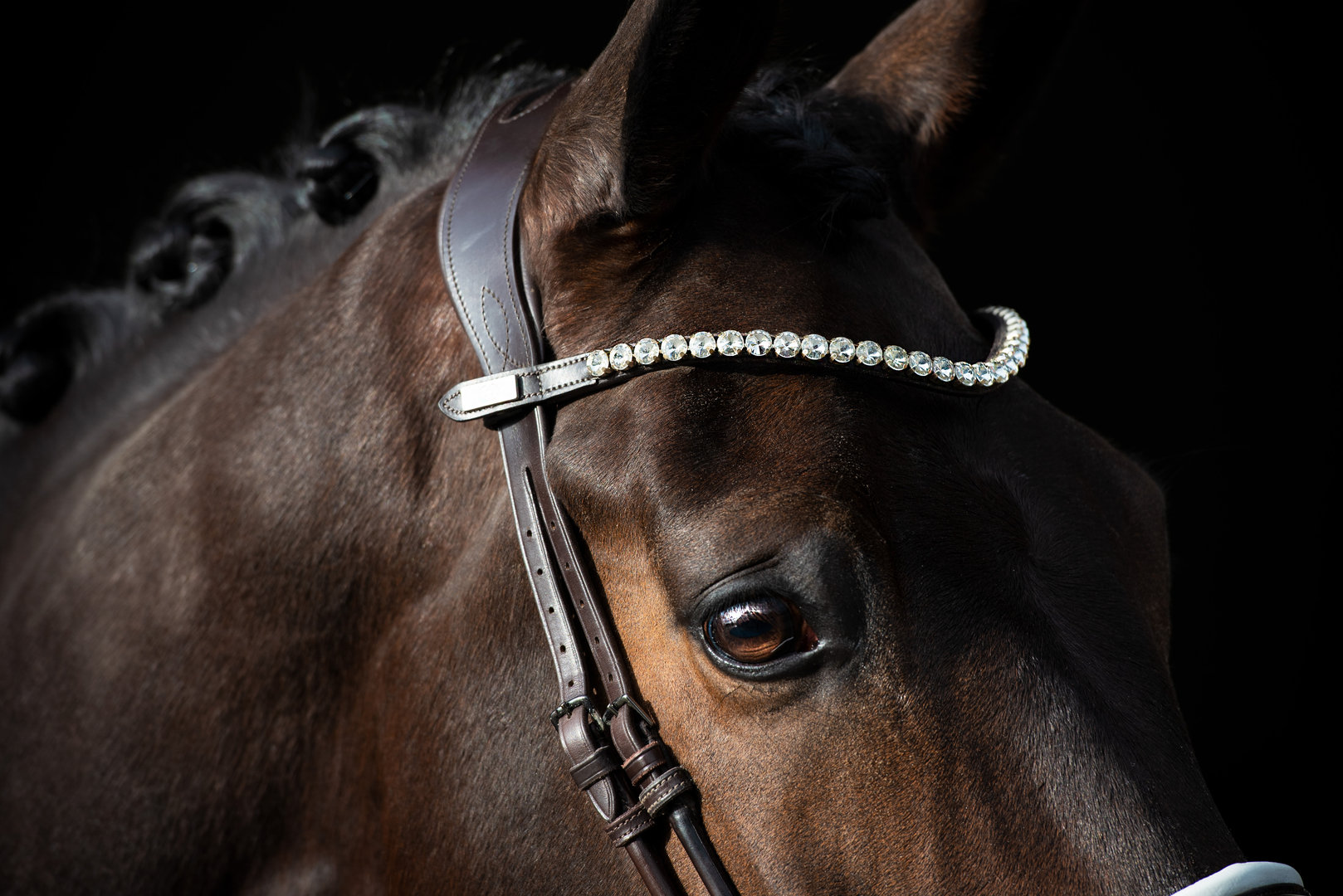Choosing the right bridle for your horse is a crucial decision for any equestrian enthusiast. The right bridle not only provides better control and communication with your horse but also ensures their comfort and well-being. With a vast array of options available, it’s essential to understand the key factors that go into selecting the perfect bridle for your horse.

Understanding Bridles and Their Importance
Before diving into the specifics, let’s start with the basics. Bridles are essential pieces of tack that consist of several components, including the headpiece, browband, cheekpieces, throatlatch, and reins. They play a vital role in controlling your horse and communicating your intentions, making it essential to choose the right one.
Components of a Bridle
- Headpiece
- Browband
- Cheekpieces
- Throatlatch
- Reins

Types of Bridles
There are various types of bridles available, each designed for specific purposes. The most common types include:
1. Snaffle Bridle
This type of bridle is popular for its simplicity and versatility. It is suitable for both beginners and experienced riders, offering gentle control.
2. Double Bridle
Used primarily in advanced dressage, double bridles provide refined communication through two bits.
3. Western Bridle
Specifically designed for Western riding, this bridle often lacks a noseband and features more decorative elements.

Consider Your Horse’s Anatomy
Every horse is unique, and their bridle should reflect that. Consider the following aspects of your horse’s anatomy when choosing a bridle:
Head Size and Shape
The bridle should fit snugly without being too tight or too loose, ensuring comfort and control.
Ear Sensitivity
Some horses have sensitive ears, so opting for a bridle with padded headpieces can prevent discomfort.

Material Matters
Bridles come in various materials, each with its benefits:
Leather
Leather bridles are durable and provide a classic look. They require regular maintenance but are worth the effort.
Synthetic
Synthetic bridles are low-maintenance and often more affordable than leather options.
Choosing the Right Bit
The bit is an integral part of the bridle, influencing your horse’s response. Select a bit that suits your horse’s mouth conformation and training level.
Common Bit Types
- Snaffle Bit
- Curb Bit
- Pelham Bit
Proper Fit and Adjustment
A properly fitted bridle ensures comfort and control. Follow these steps to ensure the right fit:
Measure Your Horse
Take accurate measurements of your horse’s head to find the right size.
Adjusting the Bridle
Ensure the bridle is adjusted to fit snugly but not too tight. Check for any signs of discomfort.
Maintenance and Care
Regular maintenance extends the lifespan of your bridle. Clean and condition leather bridles regularly and inspect synthetic ones for wear and tear.
Seek Expert Advice
If you’re unsure, don’t hesitate to seek advice from an experienced equestrian or a professional saddle fitter.
Internal Links
For those interested in learning about other equestrian equipment, you might find these articles helpful: Jumping Saddle, Saddle Anesthesia, Clean a Western Saddle, Bend a Saddle, Dressage Saddle Pad.
External Links
For additional tips on horse care, visit this comprehensive guide by Bon Apptit.
FAQs
What type of bridle is best for a beginner?
A snaffle bridle is ideal for beginners due to its simplicity and gentle control.
How often should I clean my bridle?
Leather bridles should be cleaned and conditioned after every use, while synthetic bridles can be wiped down regularly.
Can I use the same bridle for different disciplines?
While it’s possible, some disciplines may require specific types of bridles for optimal performance.
As an Amazon Associate, I earn from qualifying purchases.